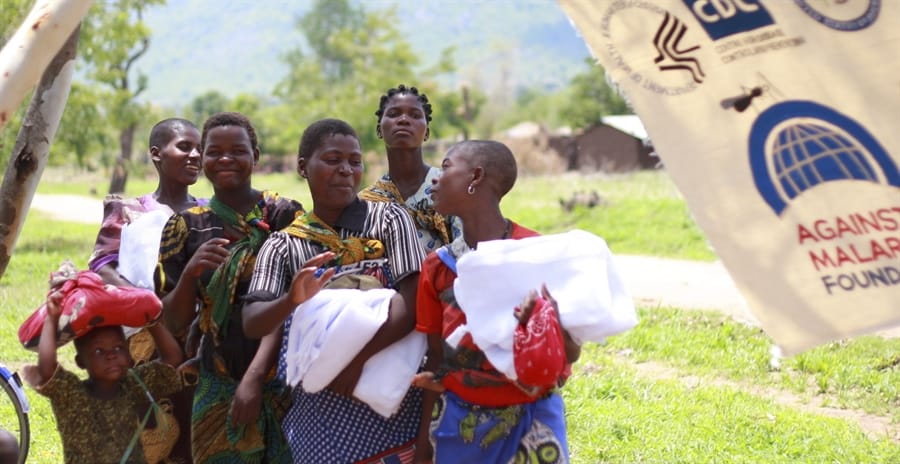Like most makeovers, mine started with a look in the mirror. The face staring back at me was 47 years old. I suppose I noticed a few wrinkles, less hair in places where I wanted it and more in places where I didn’t. But this was a deeper inquiry.
The night before, my partner and I had watched a television news story on Sarah Chayes, a former U.S. National Public Radio reporter who covered the fall of the Taliban in Afghanistan and then decided to stay and help rebuild the country. Overcoming political, logistical, and cultural obstacles, not to mention frequent threats to her life, she founded a soap-making cooperative that provided jobs for Afghan women and an alternative to poppy-growing for Afghan farmers. Struck by her courage and determination, my partner turned to me after the show and asked, “What can we do to help these people?”
I went to my computer and found the cooperative’s website, which included a wish list for things they needed. Most would be easy to find and were not very expensive: insect repellent, flypaper, an ice chest, folding metal chairs, a small digital camera. But one request stood out: two portable solar-powered generators. The electricity grid in Kandahar was unreliable, but there was plenty of sun. Solar power, stored in the generators’ batteries, would help keep things running during blackouts.
For as long as I can remember, I’ve been an improver. I’ve tried to learn from my many mistakes and become a better person, to become better at my work, and—most importantly—to leave something in the world better than I found it. Since the late 1980s I’ve worked in the field of climate change communications, a career that sounds worthy but often feels futile. It’s hard to tell whether any of my work has had a lasting impact, and I’ve often questioned my path.
Here I was, in my late 40s, feeling unfulfilled and restless. It wasn’t really a mid-life crisis, it was more of a quest for a mid-course correction. I wanted to engage in something where I could see a clearer cause-effect relationship. I was ready to do something big.
Buying solar generators for a small organization in Afghanistan seemed like it could fit the bill. My partner agreed. But I hesitated. We were saving money to purchase our first house, and buying and shipping two generators to Kandahar would cost thousands of dollars. It wouldn’t be tax-deductible, because the cooperative was not a registered charity in my country. I decided to sleep on it.
The next morning, I stood in front of the mirror and challenged myself. Was I ready to take this big a step, this much financial sacrifice? What was the responsible thing to do? What was the right thing to do?
A few months later, when Sarah Chayes sent me an email that made it to my inbox thanks to one of the generators I donated (it was running the cooperative’s internet connection), I knew I had made a good decision. I was hooked. My makeover had begun.
Later that same year, in December 2006, a provocative headline on the New York Times website caught my eye: "What Should a Billionaire Give—and What Should You?" The article, by Peter Singer, helped me set a goal and direction for my giving, improving my ability to have a real impact on people’s lives. The article inspired me to nearly double my annual giving the following year. It also inspired me to start giving to organizations that work to reduce poverty and preventable illnesses in developing countries, where my donations could have the greatest impact.
I’d been giving to a variety of charities for decades, but never gave much thought to what they did with my money. I sent in my donation, got my receipt and thank-you note, and that was that. I had no idea whether the money I gave was being put to its best use. To be honest, I didn’t care. But that was then. Now I wanted to be sure I was having an impact.
In 2009, Professor Singer published his book, The Life You Can Save. His arguments and evidence were so compelling that I decided to double my annual giving again, and this time I tightened the focus of my giving so that most of it was directed to two of the effective charities he recommended.
Earlier this year, I funded my 10,000th anti-malarial net, distributed by the Against Malaria Foundation. That means I’ve protected more than 15,000 individuals in sub-Saharan Africa from a terrible disease, and possibly even saved eight lives. If I wanted tangible results, I can’t think of anything better than that. I now allocate about a quarter of each paycheck to giving, and it never feels like a sacrifice. It’s part of my life’s work.
I’m giving more, but more importantly I’m giving better. That’s the key to a successful giving makeover: it’s less about how much you give than what’s accomplished with your donations. If you’re ready to begin your own makeover, feel free to skip the mirror and start with a look at the Life You Can Save’s recommended charities. You won’t be disappointed.



